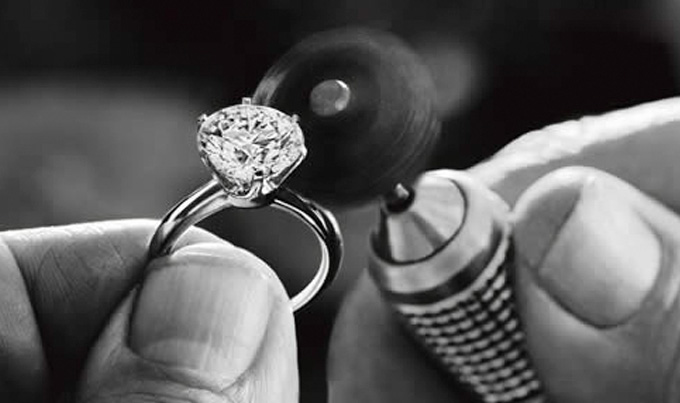Diamonds are valuable and are our precious jewelry for life. To make diamonds more sparkling and beautiful, you must remember to clean them regularly.
Here are the methods we recommend:
Professional cleaning is the most thorough cleaning method. You should ask your jeweler to check whether the diamond holder is stable and whether it is bent, deformed or faded.
Mild detergent
Soak the jewelry in warm water with liquid detergent, and then gently scrub it with a soft toothbrush. Rinse off the foam with warm water and gently dry it with a soft cloth. Remember to block the drain of the wash basin before cleaning.
Vodka (or GIN)
The origin of this method is unknown, but someone accidentally discovered this creative diamond cleaning method. When you find that you have overestimated your alcohol tolerance and don’t want to waste the remaining half cup of vodka, you might as well drop the diamond into the cup and soak it.
Jewelry cleaner
Any brand is fine. Please clean the jewelry according to the instructions on the package.
Cleaning jewelry:
Although there are many different types of diamond jewelry, there are many common aspects to their maintenance. The most important ones are the following:
(1) Handle with care and avoid collision and friction. Although gemstones are generally hard and not easily worn or damaged, they should be avoided as much as possible to prevent cracking or loss of gloss.
(2) Avoid contact with high temperatures and acid or alkali solutions. The physical and chemical properties of many diamonds inlaid in jewelry are not very stable. They are easily faded by high temperatures or long-term exposure to sunlight. Some of them will also fade when exposed to acid or alkali solutions.
(3) Remove and store in time. Jewelry is an ornament worn in accordance with the “T.P.O.” principle. T.P.O. are the first letters of the three words Time, Place and Object in English. “T” stands for time, season, and season; “P” stands for occasion, place and position; and “O” stands for purpose, goal and object. This means that when wearing jewelry, you should consider the above aspects, and of course, you should also consider gender, age, skin color, demeanor and other conditions to fully reflect the decorative beauty. When you don’t need to wear it, you should take it off and store it properly. For example, when participating in sports activities, taking a bath, or doing housework, you should take off the jewelry to prevent it from being damaged (impact, wear, diamond falling off, or corrosion by chemicals in detergents). Many people think it is troublesome to put it on and take it off frequently, but if you don’t do this, you will sacrifice the life of the diamond jewelry.
(4) Clean and store it in time. When diamond jewelry is not worn temporarily, it must be cleaned in time before storage. Diamonds are highly lipophilic and are easily stained with oil stains, which makes their luster dull. As a result, dust and oil accumulate in every corner of the diamond jewelry, seriously affecting its brilliance. In fact, cleaning diamond jewelry is not difficult. Take a bowl of warm water, add a few drops of neutral detergent, and then use cotton (or a small brush, such as an old toothbrush) to dip the water and gently wipe the diamond jewelry. After cleaning the dirt, rinse it in another bowl of clean water, and then dry it in a ventilated place. The diamond jewelry will be restored to its original brightness. For necklaces, earrings, pendants and other places with switches or spring devices, they should also be cleaned and lubricated in time to keep them clean and flexible. After handling the jewelry, store it in a jewelry box. When placing it, it is better to put the diamond facing up and avoid contact with other objects. If there is no jewelry box, wrap it with a clean soft cloth for storage. Do not put multiple pieces of jewelry together in a box, and do not wrap multiple pieces of jewelry with a piece of soft cloth to avoid friction between the pieces.
